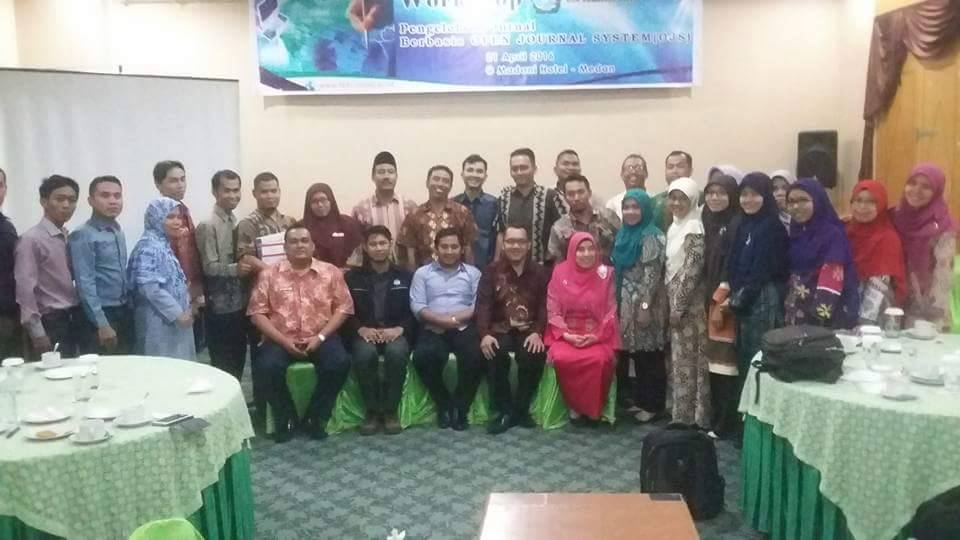INDONESIAN ECONOMIC DIVERSIFICATION AS AN EMERGING MARKETS COUNTRY TO DRIVE ECONOMIC GROWTH
Abstract
Indonesia's economic growth as an emerging market country can be determined from various variables to be measured. For this study, the authors take the variables of economic growth, infrastructure development, regional economic development, and Special Economic Zones to encourage economic diversification. Economic diversification is needed to increase regional income and increase economic growth, in addition to reducing poverty and creating job opportunities. Economic diversification needs to be done with various policies that can have a good impact on society, one of the most important things to do is improve good infrastructure, especially in rural areas. Most researchers have raised the theme of economic growth by linking poverty levels, but the authors are very interested in linking with infrastructure, regional economies, and also special economic zones. The research used in this paper combines qualitative and quantitative research, where qualitative research looks at the policies that have been and will be made by the central government to support economic diversification. Meanwhile, quantitative research relates more to the effect of economic growth with infrastructure and regional budgets. The results of the author's research indicate that there is a close relationship between economic growth and infrastructure development, where there is a positive relationship between these two variables. Meanwhile, for regional economic development, the central government has provided a stimulus that continues to increase every year. Special Economic Zones are also built based on budget rather than APBN and APBD according to budget optimization from the government.
Keywords
Full Text:
PDFReferences
Ahmad, S. (2012). Analisis Pertumbuhan Ekonomi dan Kesenjangan Pertumbuhan Ekonomi Antara Region di Indonesia Tahun 2001-2010. Jurnal Ekonomi dan Perencanaan Pembangunan 9JEPP), 33-45.
Asyad, L. (2005). Pengantara Perencanaan dan Pembangunan Ekonomi Daerah . Yogyakarta: BPFE-UGM.
Case, E, K., & C, R. F. (2007). Prinsip-Prinsip Ekonomi Edisi Kedelapan. Jakarta: Erlangga.
H, R. M., & B, P. (2004). Testing for a Unit Root in Panel with Dynamic Factors. Journal of Econometrics, 81-126.
Johansen, S. (1998). Statistical Analysis of Cointegration Vectors. Journal of Economic Dynamics and Control, 231-254.
Kneller, Richard, Michael, B., & Norman, G. (1999). Fiscal Policy and Growth : Evidence from OECD Countries. Journal of Public Economics, 45-56.
Levin, A., C, F. L., & C, S. J. (2002). Unit Root Tets in Panel Data : Asymptotic and Finite-Sample Properties. Journal of Econometrics, 1-24.
Masih, & Masih, R. (1999). Are ASEAN Stock Market Fluctuations Due Mainly to Intraregional Contagion Effects ? Pacific-Basin Finance Journal, 251-282.
Nachrowi, D., & Usman, H. (2006). Pendekatan Populer dan Praktis Ekonometrika Untuk Analsis Ekonomi dan Keuangan. Jakarta: Lembaga Penerbitan Fakultas Ekonomi Universitas Indonesia.
Nghiem, L. (2010). Activity and Income Diversification : Trends, Determinants and Effect on Poverty Redcution. Erasmus University , 67-86.
Pesaran. (2003). A Simple Panel Unit Root in the Presence of Gross Section Dependence. Cambridge University, 34-45.
Pesaran, I. K., & Y, S. (2003). Testing for Unit Roots in Heterogeneous Panels. Journal of Econometrics, 53-74.
R, F. E., & Granger, C. W. (1987). Cointegration and Error Corection : Representation, Estimation and Testing. Econometrica, 251-276.
Samuelson, A, P., & Nordhaus, D. W. (2004). Ilmu Makroekonomi. Jakarta: PT Media Global Eduksi.
Siregar. (2006). Perbaikan Struktural dan Pertumbuhan Ekonomo : Mendorong Investasi dan Menciptakan Lapatan Kerja. Jurnal Ekonomi Politik dan Keuangan, 50-67.
Toda, & Phillips. (1993). Vector Autoregression and Causality. Econometrica, 229-255.
Todaro, P, M., & Stephen, S. (2003). Economic Development. London: UK : Pearson Education Limited.
DOI: http://dx.doi.org/10.30829/hf.v8i2.9088
Refbacks
- There are currently no refbacks.
Indexed by:



_-_Copy3.png)














